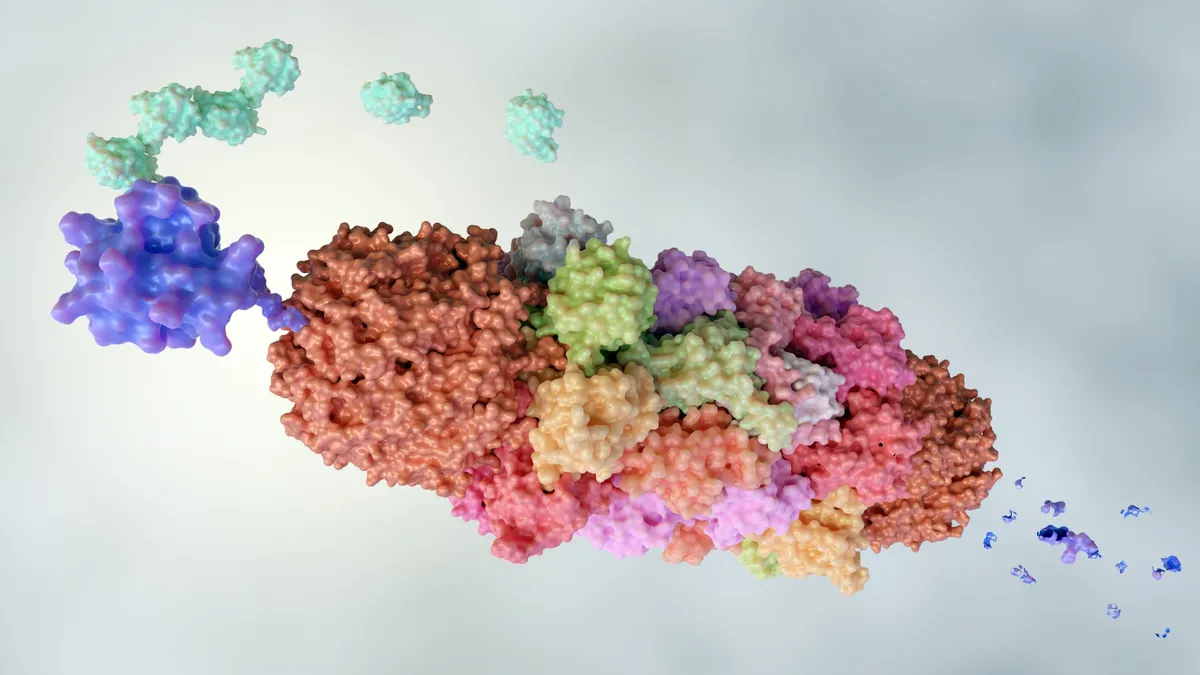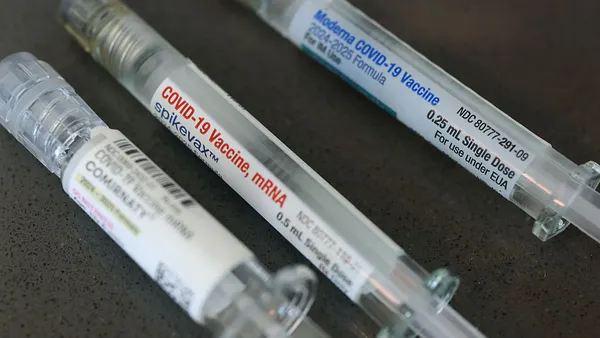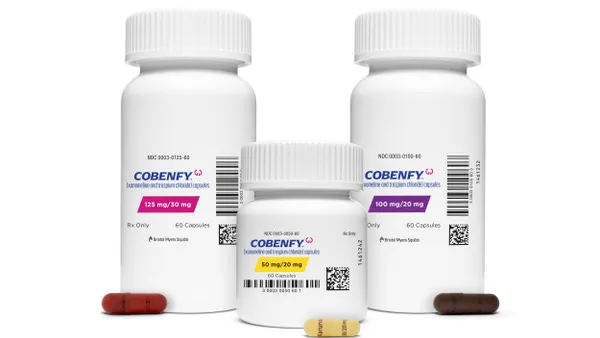Precision oncology continues to be one of the fastest-growing markets within pharmaceuticals. Valued at $130 Billion in 2023, the global market is expected to grow at a CAGR of nearly 9% between 2023 and 2035 to a projected $364 Billion, reports Roots Analysis.
While the field presents a tremendous opportunity, it also comes with unique challenges — such as an often small and geographically diverse patient population — that developers must overcome to bring novel therapeutics to market.
Leveraging innovative technologies, such as next-generation sequencing (NGS), can help.
“NGS is the future of targeted therapeutics development,” says Jane Li, Senior Director, Global Companion Diagnostics at Thermo Fisher Scientific. “Developers can go from targeting a single biomarker to targeting hundreds of genes and thousands of variants in a single sample, which is expected to help accelerate the development of novel therapies across a wide range of solid tumor indications.”
Here, we’ll discuss how optimal NGS solutions can help developers overcome challenges throughout targeted therapeutic development — from clinical trials to companion diagnostics and commercialization — and the value of an end-to-end partner to help every step of the way.
Developing therapeutics in precision oncology: What are the challenges?
Although each targeted therapy presents its own unique challenges, developers generally run into two significant logistical barriers.
First and foremost, there’s the challenge of identifying candidates for therapy — and exercise which, in precision oncology in particular, can feel like finding a needle in a haystack. And, even when developers find patients, it can be difficult to recruit them for clinical research.
Just 8% of cancer patients across the U.S. participate in clinical trials — even though 23% are eligible for a trial that’s available to them, according to a meta-analysis published in the Journal of the National Cancer Institute. For many of these patients, logistical challenges impede their ability to participate in clinical research: Nearly three-quarters of the patients included in the study cited structural and clinical barriers as reasons they didn’t enroll in clinical trials.
Even once they find enough candidates, developers face challenges in obtaining adequate tissue for both clinical research and companion diagnostics (CDx) development. “A lot of the time we’re only able to collect a limited sample,” says Li. “If you’re exhausting the block at the time of enrollment, there will be nothing left for CDx.”
Decentralization is critical to overcome logistical barriers
As developers seek to reach a more geographically dispersed patient population, they must shift awareness from central lab testing and toward decentralization.
Historically, clinical trials have been conducted at large medical centers, which severely limits developers’ ability to connect with eligible patients for clinical trials. “Outside of large medical centers, we see community participation in clinical trials is extremely low, but community medical centers see >80% of patients. An ideal NGS solution should allow you to bring clinical trials to these communities,” says Li.
Decentralization addresses other challenges, too. In a centralized model, biomarker testing on community patients often occurs at reference labs — extending the lag time between sample collection and treatment by weeks.
“When testing takes too long, oncologists often have no choice but to start the patient on treatment, so you lose that patient as a candidate for clinical trials,” Li says. “Decentralization allows clinical staff to perform testing locally, so they can get results quickly and get patients into the trial. And, if you work with an end-to-end partner, a decentralized NGS solution will allow you to preserve patient samples from enrollment to CDx development
These challenges are worsened by the global nature of today’s precision oncology trials, Li explains. “It’s becoming more difficult to find treatment-naive patients in U.S. and European trials, so developers are conducting trials internationally — but you can’t send a patient sample from Thailand, for example, for central lab testing.”
Tissue-saving NGS testing preserves samples to facilitate CDx development
As biomarker testing becomes more complex, pathologists are tasked to gain more insights from often-limited tissue samples. This poses a challenge during therapeutics development, as developers rely on the same tissue samples to determine eligibility for the clinical trial as well as to develop CDx assays before drug registration.
Finding the right NGS solution is critical to set both stages of therapeutic development up for success. Highly sensitive NGS solutions allow developers to glean usable results from as little as 10 ng of genetic material. As a result, developers have more opportunity to spare tissue for CDx development as they work toward commercialization.
Overcome barriers with an end-to-end partner for clinical trials, CDx development and commercialization
Selecting the most appropriate NGS solution plays a key role in a program’s success through therapeutic development, and developers should think long-term to find the right partner. Using the same technology across multiple activities — including clinical trials, CDx development and commercialization — increases consistency and standardization, enhancing the reliability of the data.
An ideal partner should offer breadth and depth of expertise at each stage of development, from helping design a globally scalable clinical trial strategy to facilitating CDx development and supporting global commercialization.
“Selecting the right partner for clinical trials impacts everything that comes afterward,” says Li. “An end-to-end partner can anticipate the tissue challenges you might face in CDx development, for example, and help you design an efficient, tissue-sparing clinical trial protocol that maximizes the success of downstream development.”
What’s more, the right partner can help developers anticipate regulatory challenges and offer support from the very start, and ultimately assist in bringing innovative and life-saving therapies to market.
Thermo Fisher Scientific leverages their global infrastructure and expertise to provide widely-used capabilities, from streamlining clinical research to accelerating targeted therapeutic and companion diagnostic development and global commercialization. To learn more, visit us online.










